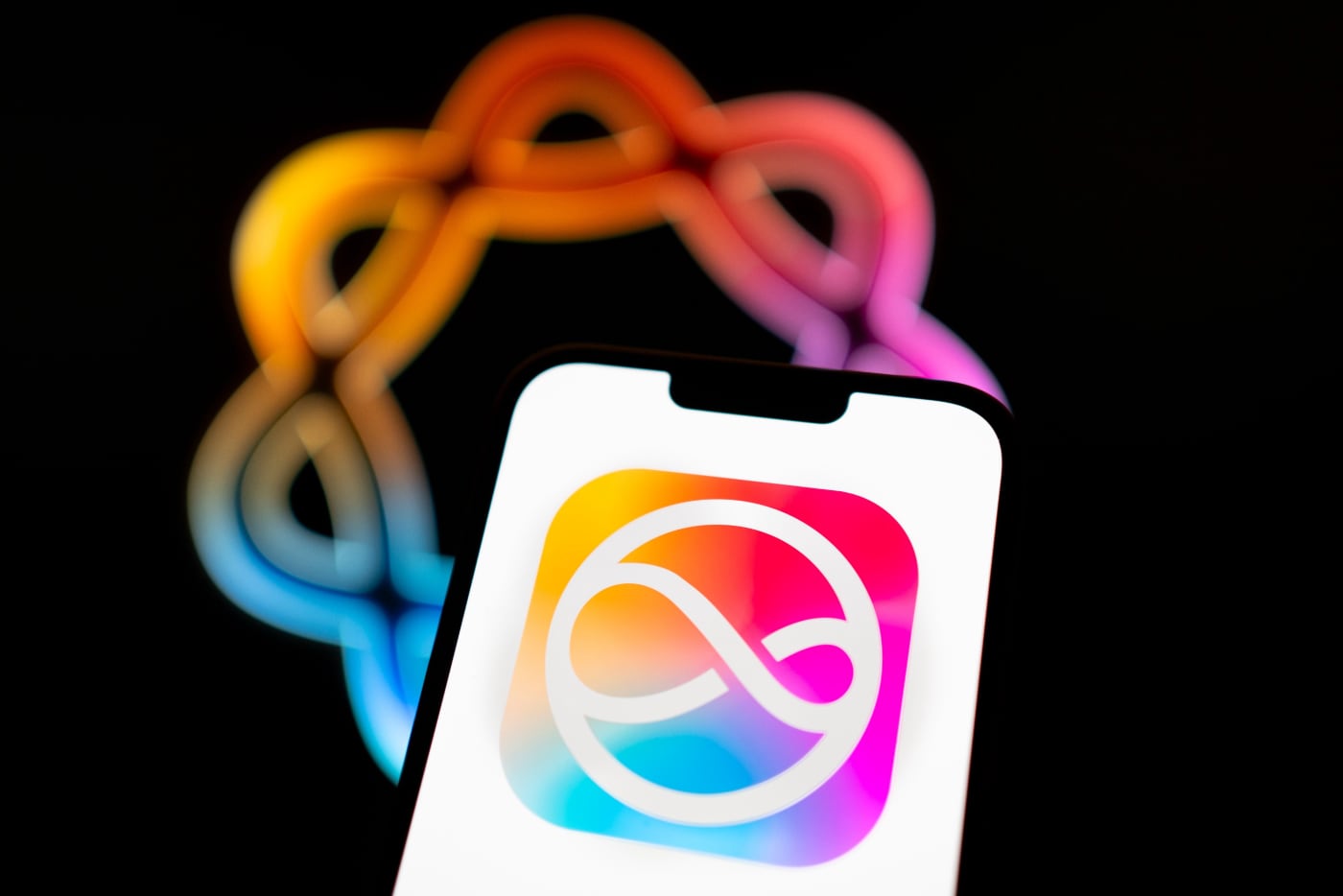Researchers from Columbia University and Rutgers University have developed a new technique to detect plastic particles up to 50-100 nanometers in size (virus size) in bottled water. Analysis of three brands found an average of 240,000 nanoplastics per liter of water; this is significantly higher than previous estimates.
Surprisingly, most nanoplastics are made of polyamide (nylon) and polystyrene, not PET like the bottles themselves. This indicates that contamination occurred during the filling and cleaning process.
The small size of nanoplastics allows them to penetrate the bloodstream, potentially reach organs and even cross the placenta. The potential health effects are not yet known, but toxicologists are concerned about chemical leakage and pathogen contamination.
Researchers call for greater collaboration to assess risks and advocate for changes in water filtration and bottling policies.
News materials cannot be equated with a doctor’s prescription. Consult an expert before making a decision.
Source: Ferra
I am a professional journalist and content creator with extensive experience writing for news websites. I currently work as an author at Gadget Onus, where I specialize in covering hot news topics. My written pieces have been published on some of the biggest media outlets around the world, including The Guardian and BBC News.










